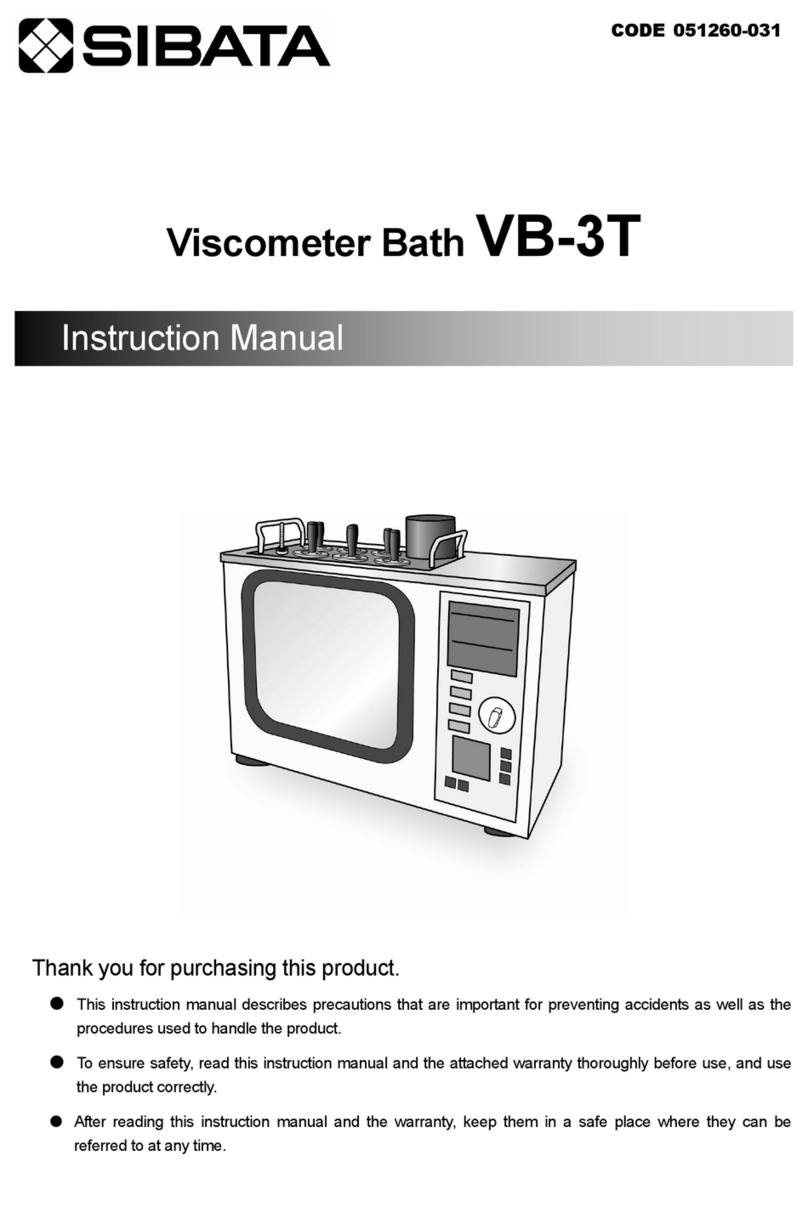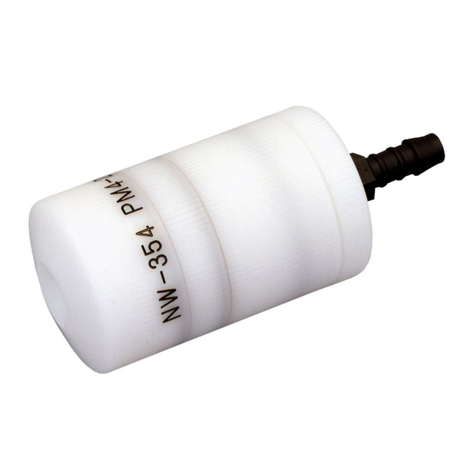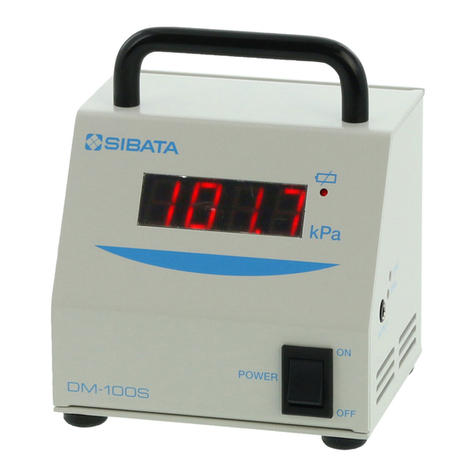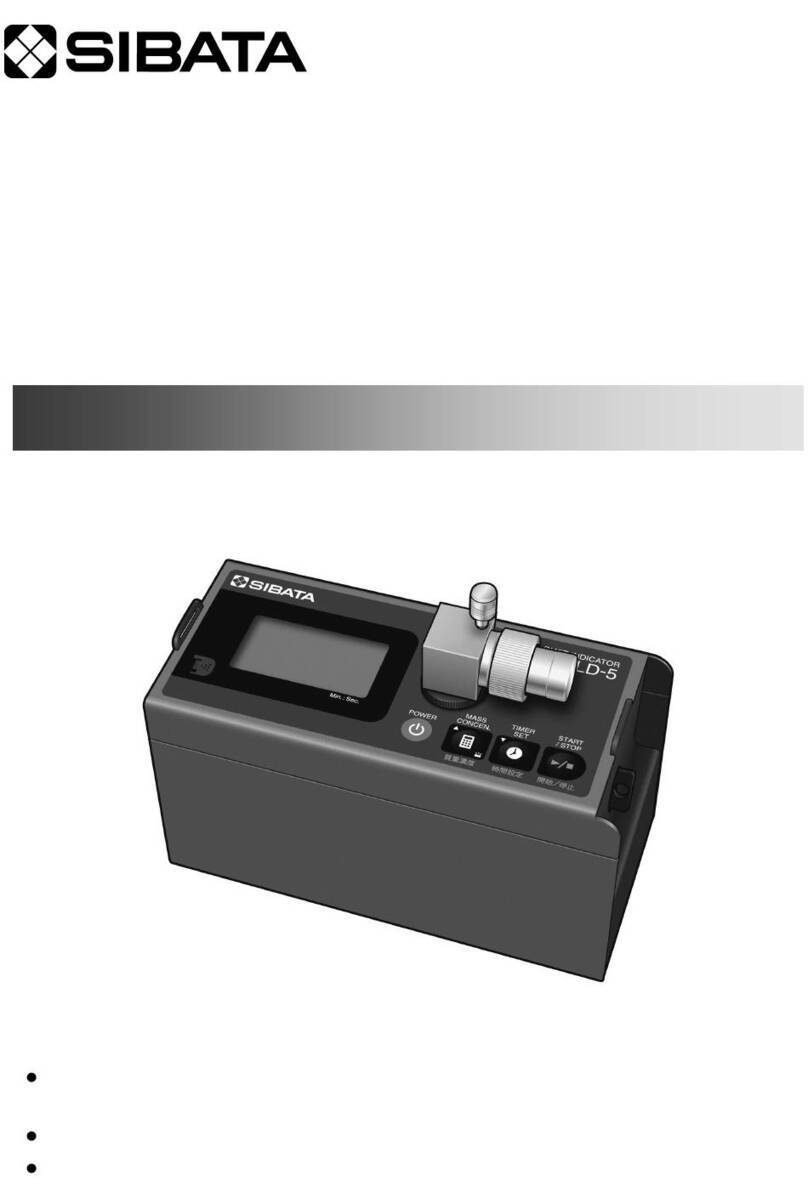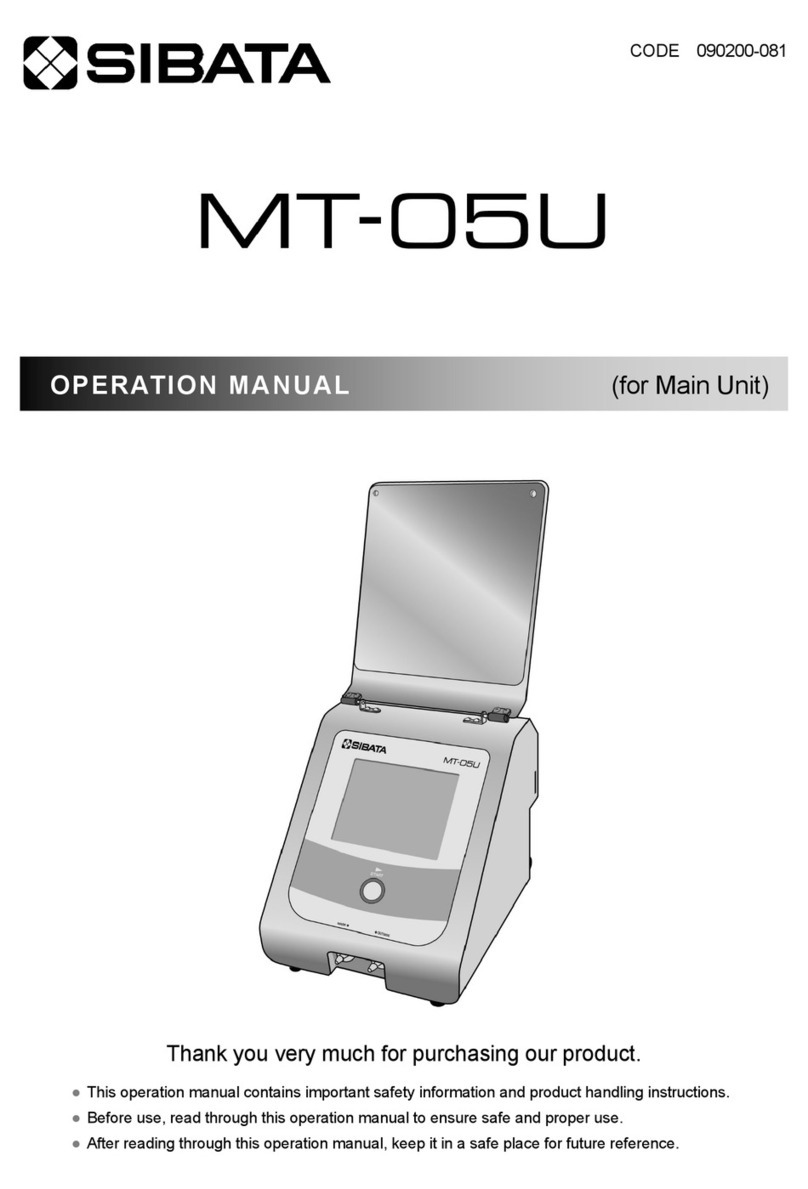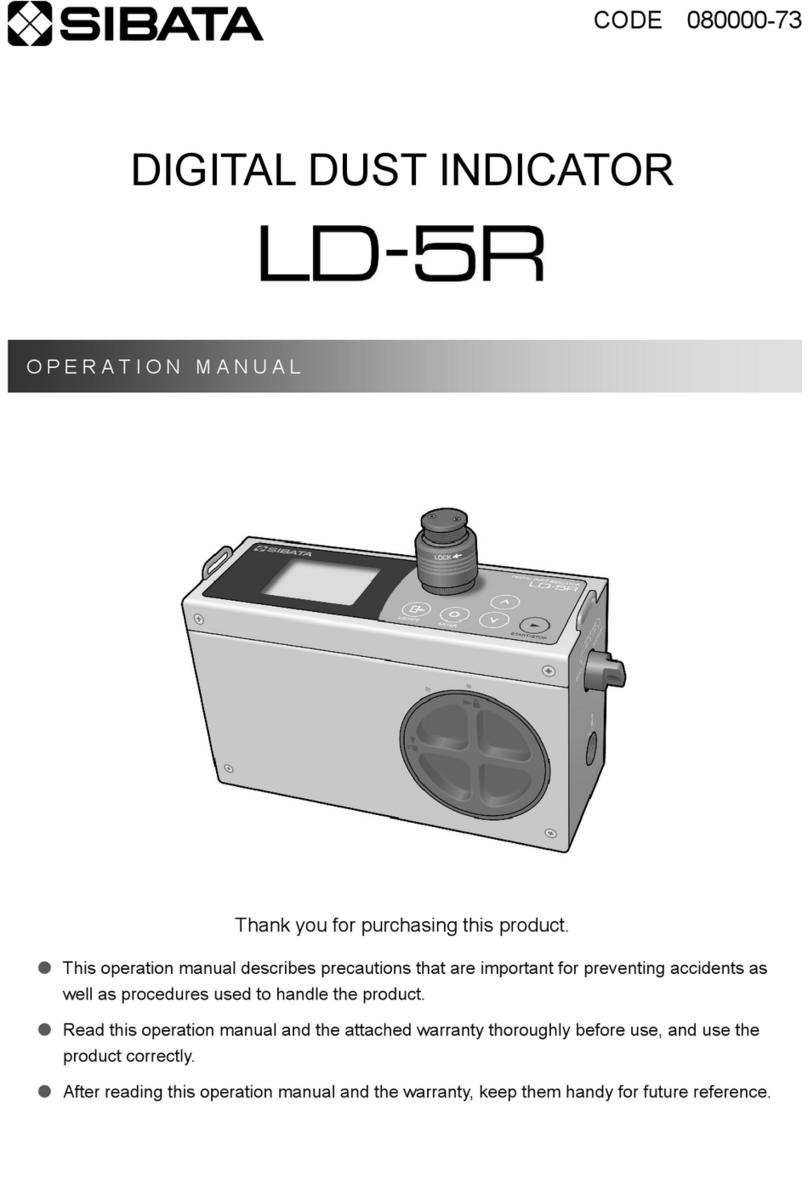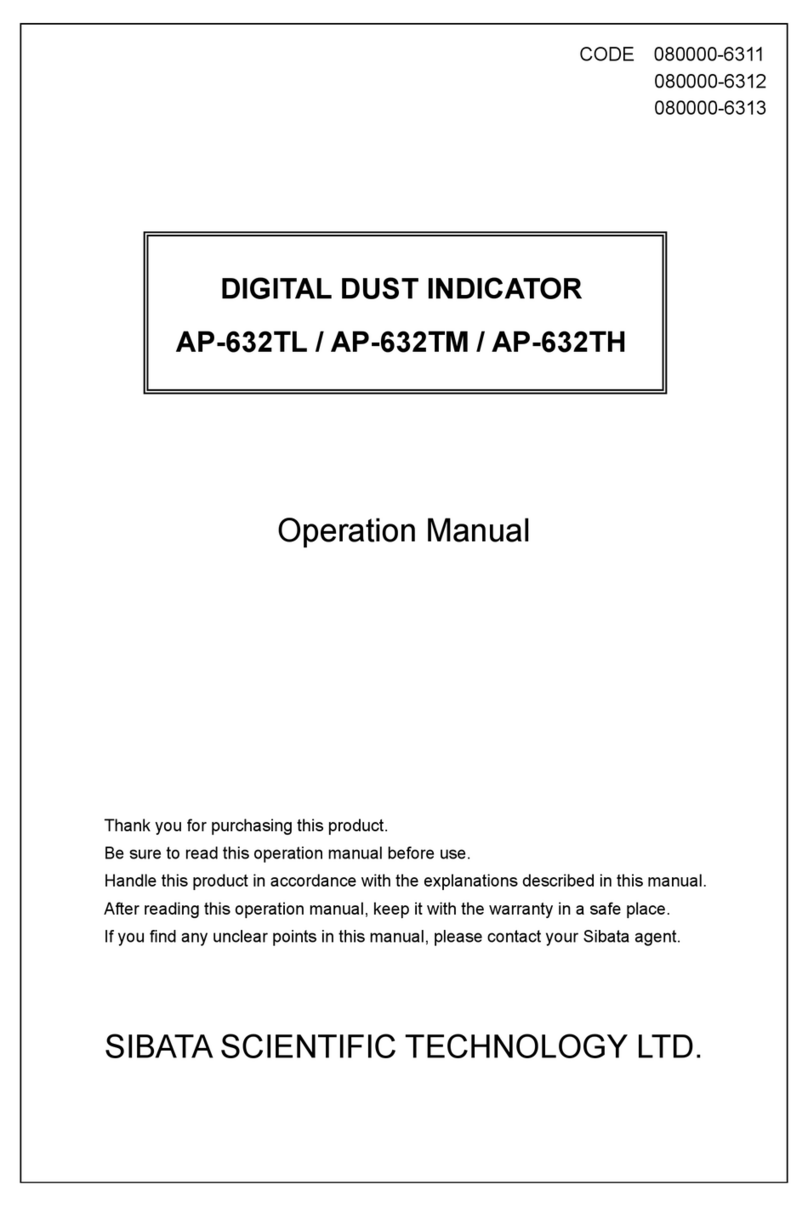
8
Analysis Procedure
Extraction and analysis requires technical expertise
regarding chemical analysis.
Inexperienced operators should always perform
extraction and analysis work under the supervision
of an experienced operator or outsource the process
to an analysis and measurement service provider
qualified to do so. In addition, precautionary
measures, such as wearing protective gear or
preventing fires, are required for handling the
hazardous or highly volatile substances described
below. Therefore, obtain and reference an SDS or
other relevant safety information in advance.
zPreparing Standard Solutions
This product is designed for use with hazardous
and highly volatile substances. Implement
appropriate precautionary measures.
A standard undiluted solution of an object substance is extracted in a
volumetric flask, and it is diluted with the respective attachment and
removal solvents. The standard solution is prepared as above.
Toluene Standard Undiluted Solution (8.7mg/mL)
Put Toluene 1mL in a volumetric flask, and add a carbon disulfide,
dissolve and make it the whole quantity of 100 mL.
zPreparing Calibration Curves
This product is designed for use with hazardous
and highly volatile substances. Implement
appropriate precautionary measures.
Prepare a series of about five dilution levels from each standard solution.
Inject the series of standard solution dilutions spike 1μL into GC and
measure the peak area (or peak height) of target substances.
Repeat this process to determine a mean value.
Calculate the slope and intercept of the regression line from the
concentrations of the solutions corresponding to the chromatogram peak
height or peak area values using the least squares method or some
other means. At this point, the indicated coefficient of correlation for the
two variables must be close to 1.
Example
